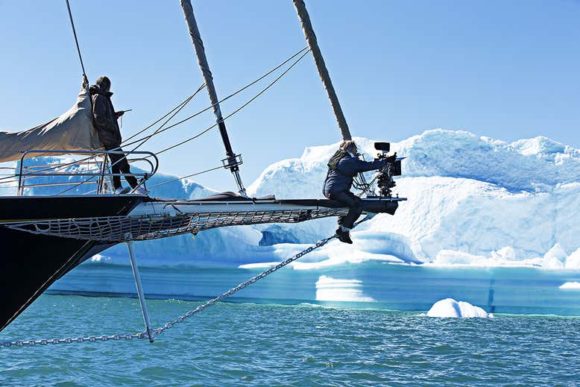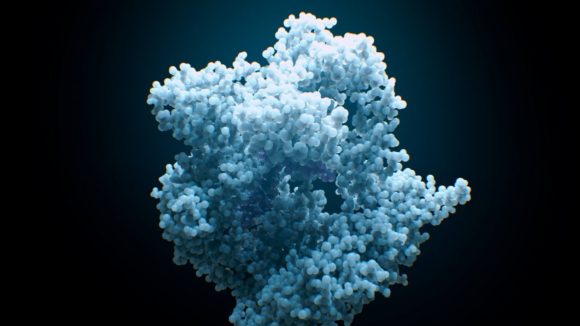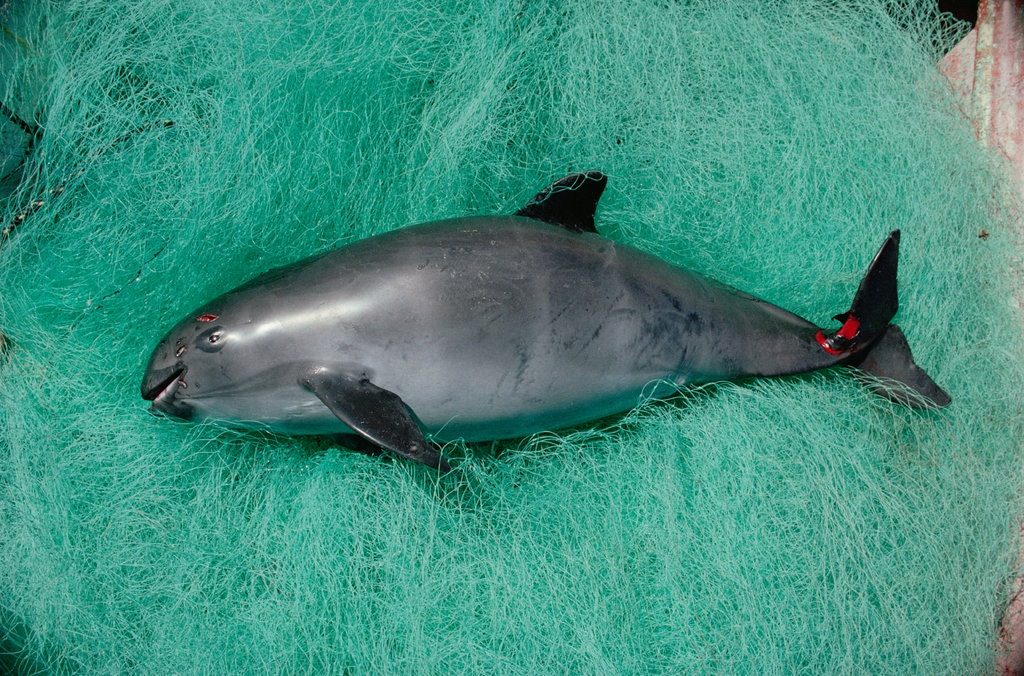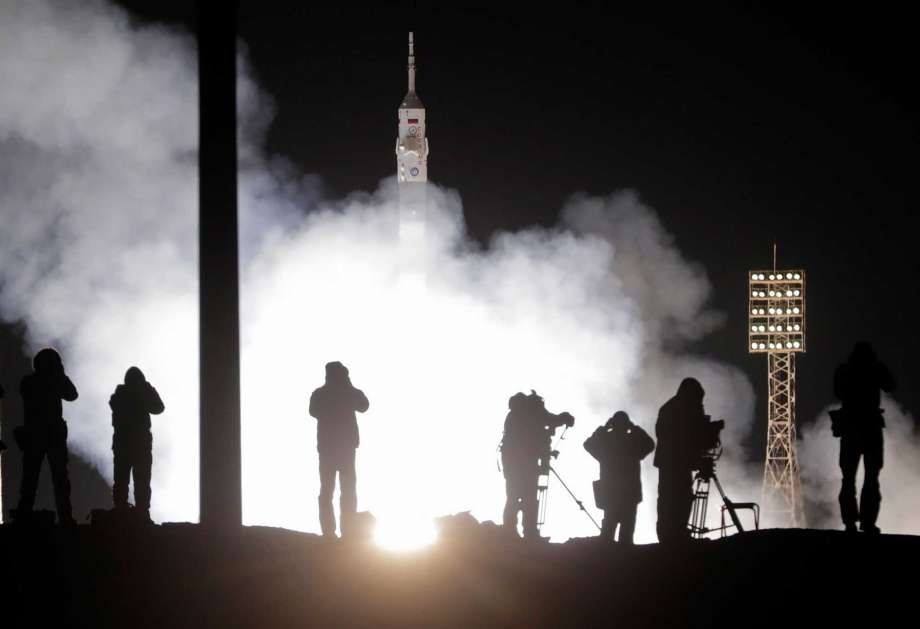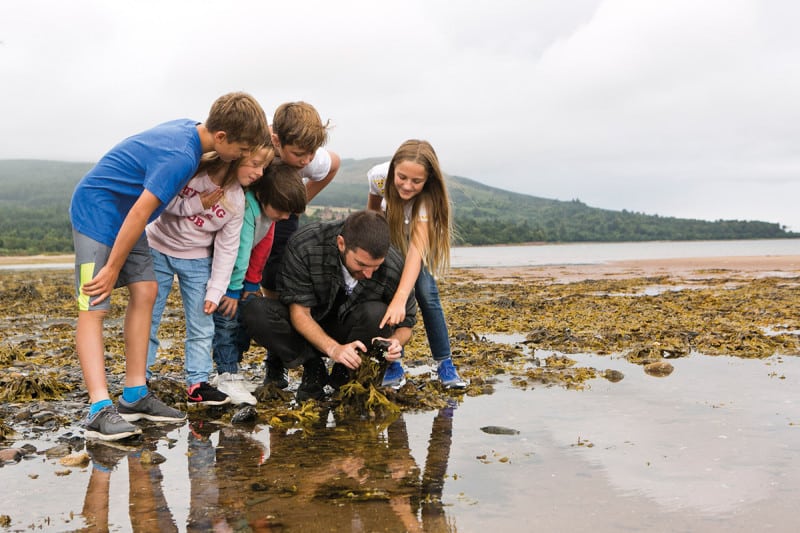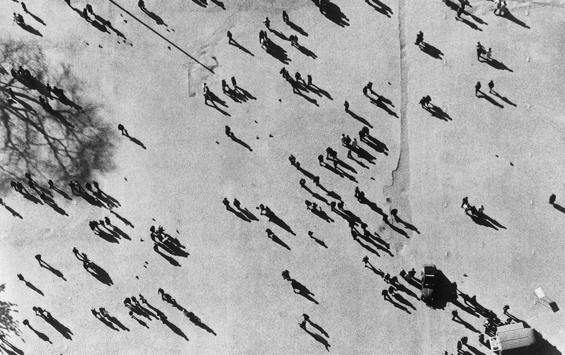Watching Victor Kossakovsky’s Aquarela for New Scientist, 15 January 2020.
WINTER in southern Siberia. By a long-winded, painstaking method involving levers, ropes and a fair amount of cursing, vehicles that have fallen through the thawing ice of Lake Baikal can be hauled back onto the surface.
The crew working on Aquarela were filming one such operation when an SUV shot past in a shower of ice, then plunged nose-first into the freezing water, killing one of its occupants.
There is nothing exploitative about the footage that, after much soul-searching, Russian film-maker Victor Kossakovsky used to front his poetic, narrative-less documentary about the power and weirdness of water. Locals and police slip and topple, hacking frantically at the ice, while the accident’s sole survivor stumbles about, frenzied with terror and getting in everyone’s way.
Kossakovsky is one of those rare documentary makers who still believes that the camera alone can capture truth. His expensive and time-consuming method of waiting, watching and witnessing the world is rarely supported by an industry obsessed with narratives and sound bites. Bravo, then, to Participant Media and the film’s many other backers, large and small, for Aquarela: the strangest, most powerful eco-documentary you are ever likely to see.
Captured at a staggering 96 frames per second, Aquarela‘s tracking shots, even in extreme close-up, are completely flicker-free. This makes them surreally present, in a way that demolishes scale and has you gripping the arms of your chair. Virtually no cinemas are equipped to screen such footage: this is a film made with an eye to posterity, and the plaudits that come with being a cinematic first.
Just as much study – and, no doubt, expense – has gone into the super-stabilisation of the camera used to capture the swells of a storm-tossed mid-Atlantic. If ever a present-day sequence could recreate the urban myth surrounding L’Arrivée d’un train en gare de La Ciotat, in which early audiences were convinced an on-screen train was going to drive into them and fled to the back of the cinema, it is a ride over one of Aquarela‘s impending waves.
Why recommend a film that no cinema chain can yet screen properly? Buying the Blu-Ray disc or watching it on a streaming service (we will tell you when it arrives in our Don’t Miss column) is likely to convey only a fraction of its magic. But that fragment is jaw-dropping. After so many eco-docs, with their predictable 5-second glimpses of calving icebergs, here, finally, is a film that lingers on the berg as it sinks and rises, turns and crumbles, until an ice fragment floats by that looks for all the world like a pontiff set upon by angels.
This is a film that makes even a placid ocean surface strange, as oblique light catches the ripples within each little wave. Those ripples, in such a harsh, angled, almost monochrome light, resemble the stress fractures you find in flint or bottle glass. As such, the water, for all its movement, looks like a weirdly animated mineral, and those ocean swells really do look like mountains – the cliche made vivid at last.
This isn’t a film about our relationship with water. From continent to continent, glacier to ocean, burst dam to waterfall, Aquarela is about water’s indifference to any relationship we might try to strike up with it. It is a most disconcerting film.

